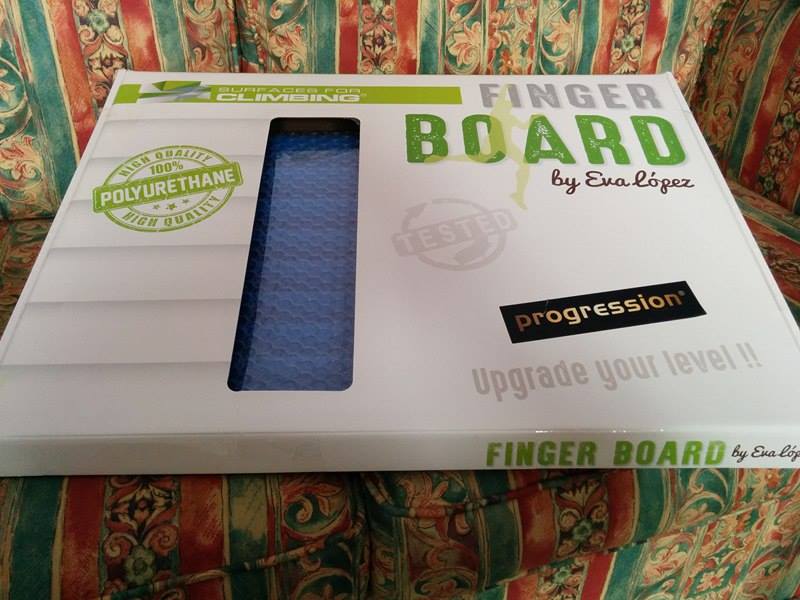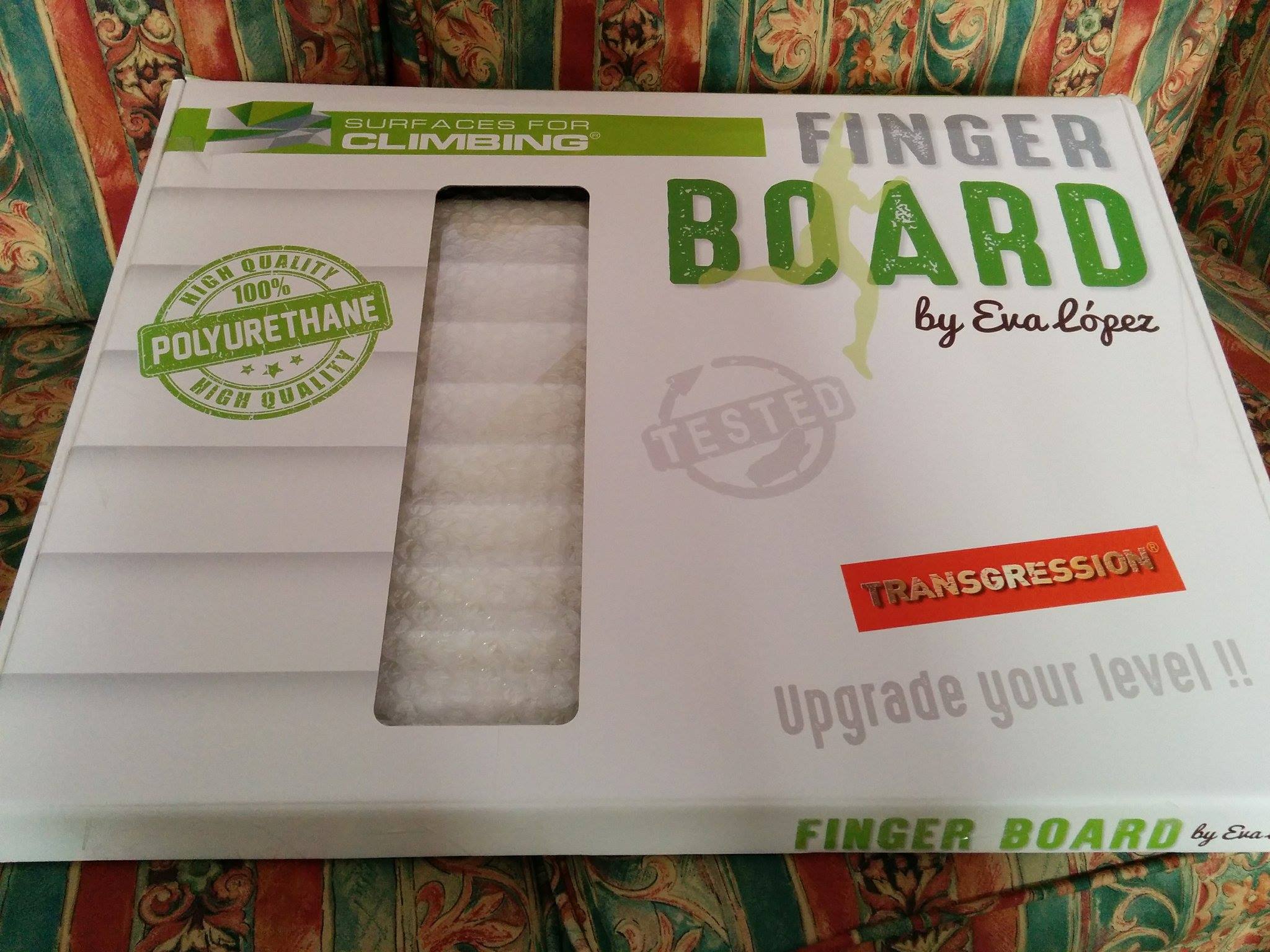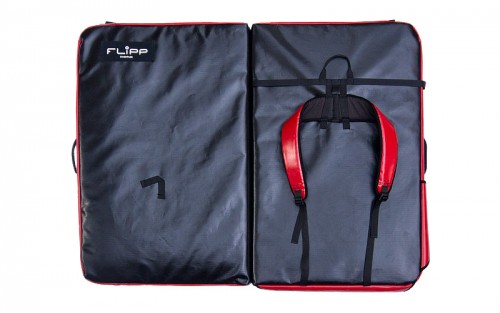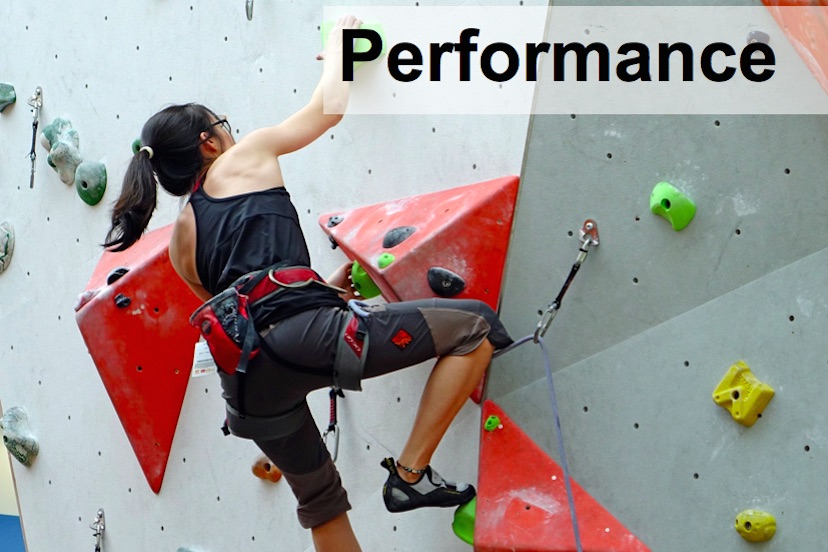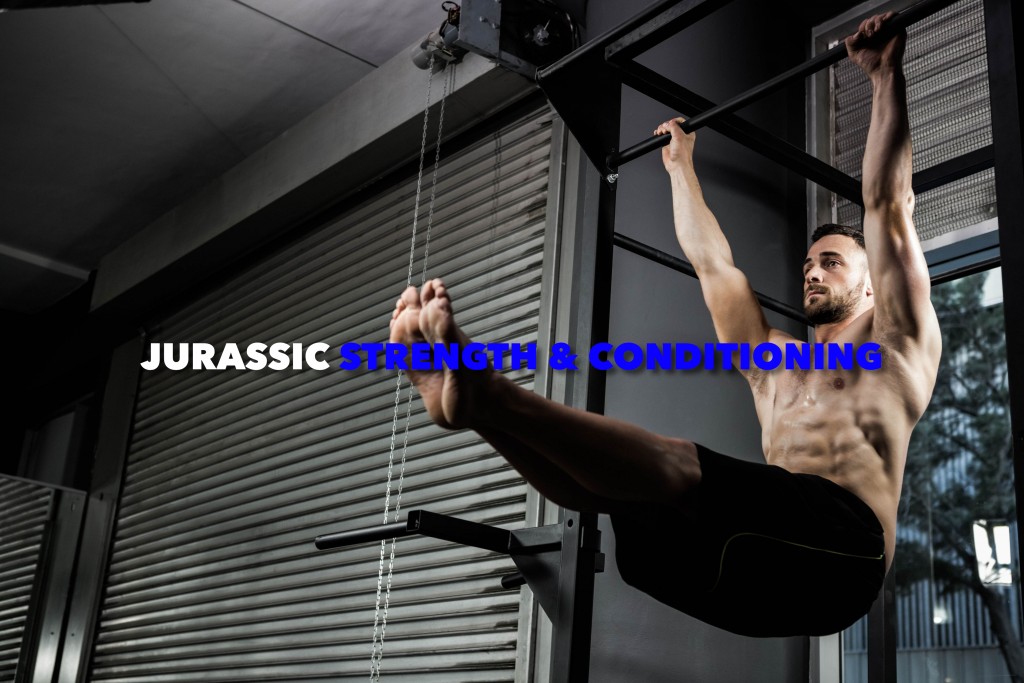The Difficulty With Climb Training
The difficulty with climb training. In part one we saw how to be good at both bouldering and sport/trad routes we need to train both. And also progressively and periodically.
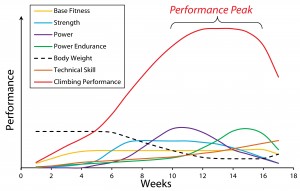
Standard periodisation training is fantastic if you want to periodically improve to hit high points, such as for a competition. But it does have its drawbacks. The untrained areas degrade whilst concentrating on just one area for its period. The motivation to continue over a period of 12 plus weeks is mind-numbing. You cannot get ill, have a family crisis or have extra hours at work as this will negate the plan. Then there is progressive training which keeps every aspect trained all of the time. But due to its complexity tends not to produce as fast an improvement as the periodisation protocol. But it does have many things in its favor. No aspect degrades as all are continually trained. Motivation is less aggressive as training is more varied. It doesn’t matter if you miss a session or two as the plan is not fixed and won’t be negated.
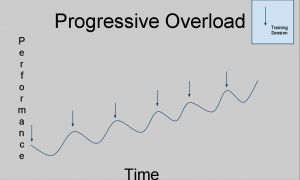
So how do we become good, even very good in more than one discipline? As I have already said. Over the past two years, I have tested various protocol configurations both for myself and my students. The best results were produced by using a base of progressive training protocols aimed at keeping all aspects trained and improving. Matched with a bolt on periodised type training protocol aimed at specific goals, such as a particular boulder problem or sports route.
You have read our article, why not Book Some Coaching
The Standard Progressive Training Protocol
We use standard progressive training protocol as the base for the final protocol. A typical progressive plan would cover strength, power, power endurance, stamina over a period with adequate rest in-between each. So for a four day per week standard progressive training program we could look at:-
| Monday | Tuesday | Wednesday | Thursday | Friday | Saturday | Sunday |
|---|---|---|---|---|---|---|
| Strength on the hangboard | Rest | Power on Hard boulder problems | Rest | Power Endurance on linked boulder problems | Rest | Stamina on easy route repeats or 60 bloc boulder problems. |
This protocol is based on continuously cycling through workouts. Each focus on different facets of fitness over a fairly short period for each cycle. So a climber might do a hangboard strength session on Monday. A power bouldering session on Wednesday. A power endurance linked-problem session on Friday. Then a stamina routes day on Sunday. Regardless of missing a day or two of training due to work or illness. That some weeks you manage two sessions or that the next five sessions. The sequence is always repeated and the actual days are inconsequential. The great thing about this protocol is that although life gets in the way sometimes, performance stays pretty high the whole time and provides short-term rewards such as year-round sends. However, we have never seen peak performance from athletes on this type of plan.
You have read our article, why not Book Some Coaching
The Resistance Progressive Training Protocol
The resistance progressive training protocol is a really simple system developed for weightlifters. Where an athlete lifts progressively heavier weight each week and so improves. This is easy to apply to climbing as at each session you force yourself to do harder problems. So that by the end of a period you have advanced both your strength and power. In this case, a four day per week resistance progressive training program could look like this:-
| Monday | Tuesday | Wednesday | Thursday | Friday | Saturday | Sunday |
|---|---|---|---|---|---|---|
| Strength on the Hangboard | Rest | Power on Hard Boulder Problems | Rest | Power Endurance on Linked Boulder Problems | Rest | Stamina on Easy Route Repeats or 60 Bloc Boulder Problems. |
| Plus Planned Increase i.e. Smaller edge Size | Plus Planned Increase i.e. More Overhanging | Plus Planned Increase i.e. More Overhanging | Plus Planned Increase i.e. More Overhanging |
|||
This protocol is basically the same as the standard progressive training plan discussed above. Again based on continuously cycling through workouts that each focus on different facets of fitness over a fairly short period for each cycle. But this time deliberately increasing the intensity each cycle. So a climber might do a hangboard strength session on Monday on the 25mm edge. Then the following strength session cycle put in some hangs on the 20mm edge. A power bouldering session on Wednesday on the 20deg wall. Then the following power session cycle put in some 30deg problems, and so on through each cycle. Again, regardless of missing a day or two of training due to work or illness, the sequence is always repeated. The actual days are inconsequential. This type of training protocol certainly works to produce great gains. And is massively useful for pre-climbing trip training or pre-season training.
You have read our article, why not Book Some Coaching
The Developmental Training Protocol
Our developmental training is a method where we focus on greatly improving one aspect of your climbing in a given period while still generally improving others. In our developmental training, the demands are more focused on the improvement so that the aspect gaps are hugely improved. A simple developmental training protocol where the climber wants to improve their dynamic climbing may look something like this:-
| Monday | Tuesday | Wednesday | Thursday | Friday | Saturday | Sunday |
|---|---|---|---|---|---|---|
| Strength on the Hangboard | Climbing Rest | Power on Hard Boulder Problems | Climbing Rest | Power Endurance on Linked Boulder Problems | Climbing Rest | Stamina on Easy Route Repeats or 60 Bloc Boulder Problems. |
| Plus Planned Increase i.e. Smaller edge Size | Plus Planned Increase i.e. More Overhanging | Plus Planned Increase i.e. More Overhanging | Plus Planned Increase i.e. More Overhanging |
|||
| Plus Feet on Board Grabs and Feet On Campus Grabs | Plus Box Jumps | Plus Dynamic and Dyno Problems | Plus Pistol Squats | Plus One Arm Traversing | ||
The developmental protocol is again basically the same as the previous resistance training protocol where we greatly improve all aspects of our climbing but has the addition of specific training to develop a particular aspect, in this case, dynamic movement. So a climber might do a hangboard strength session on Monday on the 25mm edge then the following strength session cycle put in some hangs on the 20mm edge to increase intensity, but also add in feet on grabs on the hangboard or to extend the dynamic reach, feet on grabs on the campus board. A power bouldering session on Wednesday on the 20deg wall then the following power session cycle put in some 30deg problems, but also add in dynamic and dyno problems or miss holds on problems to make dynamic and dyno moves. Then so on through each cycle.
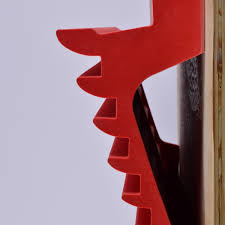
You must ensure that you are working on aspects of your climbing that need improvement rather than those that you like doing or any major improvement will be negated. The developmental training protocol is very adjustable to suit your needs. You may need to train endurance and therefore add in hangboard moving hangs, 4 x 4s and 60 Blocs to develop this area or you may need to train compression moves and therefore add in system board compression sequences, compression boulder problems or make them up from several close by problems, horizontal compression hangs, fly training. But don’t forget that this developmental training protocol includes your resistance training protocol to keep all aspects improving.
Again, regardless of missing a day or two of training due to work or illness, that some weeks you manage two sessions or that the next week you manage five sessions, the sequence is always repeated and the actual days are inconsequential.
Conclusion
We as climbers are trying to develop many aspects at once, strength to stay on holds, the power to move from one to another, power endurance to keep moving on hard sections and entire routes, stamina to simply keep going. As we discussed in part one, our sport covers a wide spectrum of training aspects most of which cross-over. By using developmental training protocol to forcibly improve our base aspects whilst adding the major aspect improvements as required we can become high-performance climbers.
Developmental training protocol works to produce the greatest gains and is fantastic for sending particular boulder problems, routes and competitions where you are lacking and need improvement on slopers, roofs, dynamic moves or tiny crimps etc. Through developmental training protocol, you can add the improved aspect to your base resistance training and keep it improving whilst then working on another periodised development aspect. Whatever the aspect you can develop it together with your base improvement, add it to this and then continue forwards. Because you are always force training all aspects nothing degrades, but everything improves!
You have read our article, why not Book Some Coaching
Christmas Gift Ideas
